Paul Watkins & Huw Watkins - British Works for Cello And Piano, Vol. 1 (2012) [Hi-Res]
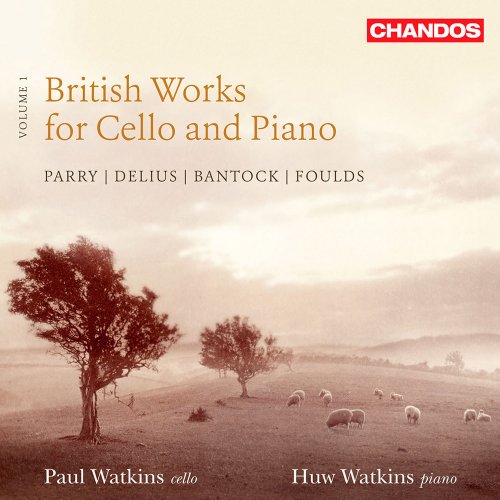
Artist: Paul Watkins & Huw Watkins
Title: British Works For Cello And Piano, Vol. 1: Parry - Delius - Bantock - Foulds
Year Of Release: 2012
Label: Chandos
Genre: Classical
Quality: FLAC (tracks, booklet) [96kHz/24bit]
Total Time: 1:09:57
Total Size: 1.15 GB
WebSite: Album Preview
Tracklist:Title: British Works For Cello And Piano, Vol. 1: Parry - Delius - Bantock - Foulds
Year Of Release: 2012
Label: Chandos
Genre: Classical
Quality: FLAC (tracks, booklet) [96kHz/24bit]
Total Time: 1:09:57
Total Size: 1.15 GB
WebSite: Album Preview
Hubert Parry (1848-1918)
Cello Sonata in A major (1879 – 80, revised 1883)
01 I. Allegro [10:56]
02 II. Andante sostenuto - Tempo - Meno mosso - Adagio [06:46]
03 III. Maestoso - Allegro - Tempo ma poco piu moto [08:48]
Frederick Delius (1862-1934)
04 Cello Sonata in D major (1916) [13:10]
Granville Bantock (1868-1946)
05 Hamabdil (1919) (arr. for cello and piano) [05:40]
John Foulds (1880-1939)
Cello Sonata, Op. 6 (1905, revised 1927)
06 I. Moderato quasi allegretto [08:59]
07 II. Lento [08:02]
08 III. Mollto brioso [07:29]
In the late nineteenth and twentieth centuries many British composers produced superb works for cello and piano, but few of these actually made their way into the general repertoire. Here we have four very different works by four very distinct musical personalities, performed by the cellist Paul Watkins, an exclusive Chandos artist, accompanied by his brother, Huw Watkins.
The sonata by Frederick Delius is the most widely known of the four pieces. Composed in a single, concise movement, it opens with a tune that sounds at one moment bold, and at the next wistful. The music progresses in the almost endless melodic flow so characteristic of Delius, before dissolving into a dream-like state, and finally, rising to a triumphant, full-hearted climax.
By the beginning of the 1900s, Sir Hubert Parry, as Director of the Royal College of Music, and patron of many musical institutions, was probably the most influential figure in British music. His Cello Sonata is a work of high romanticism, tempered by firm structural control and the organic development of themes – as befits a composer who had aspired (although unsuccessfully) to study with Brahms. The melodic language could in fact be described as Brahmsian, although Parry does not stringently imitate Brahms’s style, and in terms of structure, Parry’s strongly lyrical sonata owes little to the work which might have seemed a natural model – Brahms’s Sonata in E minor.
Sir Granville Bantock took much of his inspiration from distant and exotic shores. The term ‘Hamabdil’ refers to a hymn traditionally sung after the blessings said at the conclusion of the Jewish Sabbath. Bantock’s evocative elaboration of this traditional tune is austere and dignified, and originated in an entr’acte which was part of the incidental music that he had written for Arnold Bennett’s play Judith, premiered in London in 1919.
Out of the four composers on this album, only John Foulds was a professional cellist. His sonata is a big and bold work, romantically expressive and emotionally charged, with a complex structure in place, and virtuoso writing for both instruments. In fact, in this true duo-sonata, it is the pianist, not the cellist, who often has the harder task to perform.
The sonata by Frederick Delius is the most widely known of the four pieces. Composed in a single, concise movement, it opens with a tune that sounds at one moment bold, and at the next wistful. The music progresses in the almost endless melodic flow so characteristic of Delius, before dissolving into a dream-like state, and finally, rising to a triumphant, full-hearted climax.
By the beginning of the 1900s, Sir Hubert Parry, as Director of the Royal College of Music, and patron of many musical institutions, was probably the most influential figure in British music. His Cello Sonata is a work of high romanticism, tempered by firm structural control and the organic development of themes – as befits a composer who had aspired (although unsuccessfully) to study with Brahms. The melodic language could in fact be described as Brahmsian, although Parry does not stringently imitate Brahms’s style, and in terms of structure, Parry’s strongly lyrical sonata owes little to the work which might have seemed a natural model – Brahms’s Sonata in E minor.
Sir Granville Bantock took much of his inspiration from distant and exotic shores. The term ‘Hamabdil’ refers to a hymn traditionally sung after the blessings said at the conclusion of the Jewish Sabbath. Bantock’s evocative elaboration of this traditional tune is austere and dignified, and originated in an entr’acte which was part of the incidental music that he had written for Arnold Bennett’s play Judith, premiered in London in 1919.
Out of the four composers on this album, only John Foulds was a professional cellist. His sonata is a big and bold work, romantically expressive and emotionally charged, with a complex structure in place, and virtuoso writing for both instruments. In fact, in this true duo-sonata, it is the pianist, not the cellist, who often has the harder task to perform.

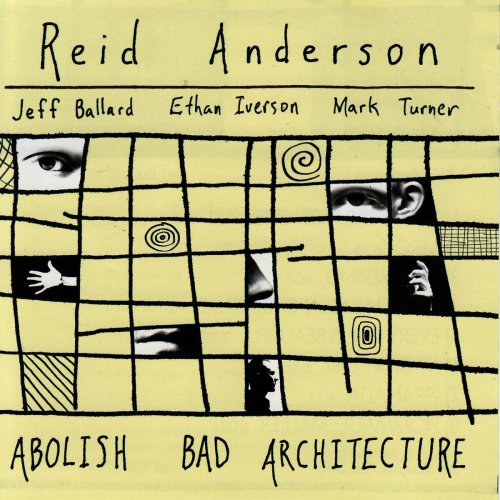
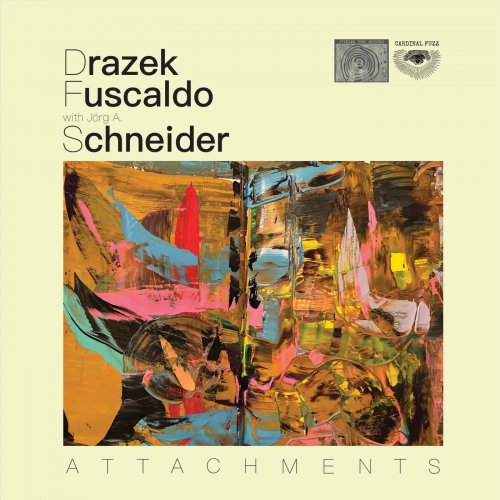
![Grises - Eveil (2025) [Hi-Res] Grises - Eveil (2025) [Hi-Res]](https://www.dibpic.com/uploads/posts/2025-12/1766127968_cover.jpg)

![Eshon Burgundy - Safe Place (Bossa Nova Jazz) (2025) [Hi-Res] Eshon Burgundy - Safe Place (Bossa Nova Jazz) (2025) [Hi-Res]](https://www.dibpic.com/uploads/posts/2025-12/1766079194_cover.jpg)
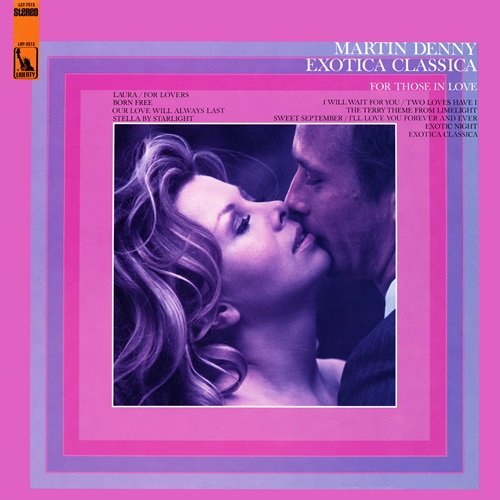
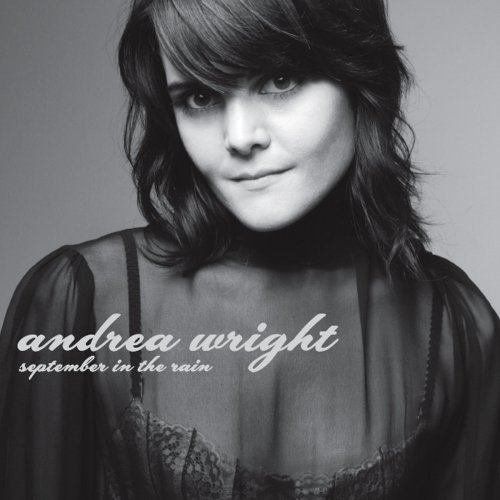
![Black Flower - Ghost Radio (2016) [Hi-Res] Black Flower - Ghost Radio (2016) [Hi-Res]](https://img.israbox.com/img/2025-12/21/9jx4xnhjd3hra5u06rbmghsre.jpg)